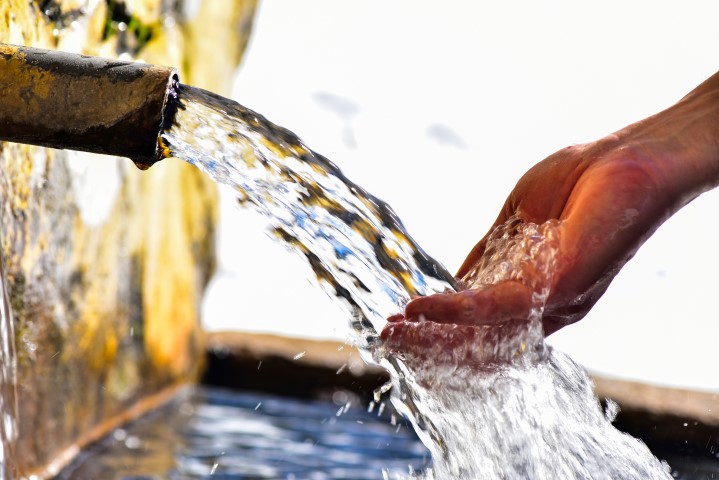One of the harmful effects of lead is that it can accumulate and cycle through an ecosystem, infecting almost every organism in a food chain. This gives lead the ability to be a generational problem with far-reaching implications that affect not only human health, but also ecosystems, the proliferation of air pollution, and overall global health.
Lead is naturally found in the soil in trace amounts. However, a problem occurs when there is a large concentration of lead, which tends to be a by-product in manufacturing and mining industries. The lead in the atmosphere can adversely affect the vegetation on the ground, as well as contaminate groundwater.
The collapse of microorganisms and their colonies. Microorganisms are invisible to the naked eye and are largely underappreciated. Lead can wipe out whole colonies of microorganisms found in the soil.
A lead concentration of just 1000 parts per million slows the rate of decomposition in organic matter, with invertebrate being adversely affected at about 500 parts per million. This leads to populations that are more tolerant to lead to take the place of more sensitive invertebrates, essentially impeding the hierarchies of the food chain.
The affected microorganisms then contaminate vegetation that is used as food by grazing animals and other organisms that decompose plants.
Lead and a Plant’s Life Cycle
When the plant is exposed to lead, it becomes concentrated in its roots. It can also attack leaves. The pores on leaves initiate photosynthesis, with oxygen being a byproduct. Lead coats the surface of the leaf, adversely altering the amount of photo energy reaching it.
Plants can ultimately experience stunted growth, or even the destruction of a whole crop. The lead affects not only its ability to photosynthesize but also its rate of respiration. This has been observed by plants near roadsides, which tend to be exposed to a stronger concentration of lead than forested areas away from human activity. If lead were to be a global threat, it would be due to its ability to suffocate our crops to death.
How Lead Interjects Itself in the Ecosystem
Atmospheric lead usually comes via automobile emissions, chipped paint from old infrastructure, and fertilizers that still use lead as an ingredient. Even though most airborne lead falls near its source, about a 5th of it becomes widely dispersed and reaches layers of the atmosphere.
When animals have a blood lead concentration north of 40 micrograms per deciliter, then they will exhibit symptoms, as the animal won’t have the ability to synthesize red blood cells. Aquatic animals tend to be at risk to lead exposure and other ambient poisons in their environment. Lead settles in sediment, slowly poisoning marine life over time.
What Are We Doing to Curtail the Environmental Damage of Lead?
Congress has passed several mandates to prevent and reel in the damaging effects of lead. Laws are being enacted to address lead exposure to flora and fauna. The United States Environmental Protection Agency enforces these regulations, with the agency galvanizing communities to ensure that they meet the federal requirements to minimize lead exposure to people and the environment.
The Toxic Substances Control Act was one of the first laws to put a spotlight on the role of lead and its effect on humans, with the act targeting poorer communities. Paint that was formulated with lead was used to cut down on drying time and to ensure a high gloss finish to the paint. Other initiatives were outlined in the next several decades, like the Residential Lead-Based Paint Hazards Reduction Act of 1992.
Do your bit by reporting any chipped paint in residences that you think were painted and constructed before the 1970s. These tend to be hot zones for lead exposure that can potentially leak into the environment. You can also test for concentration of lead in your home properties and report them to the proper authorities.


